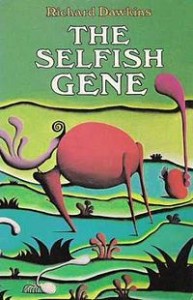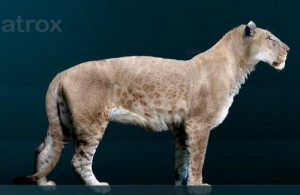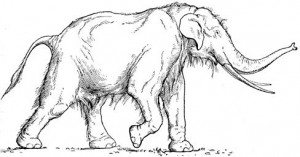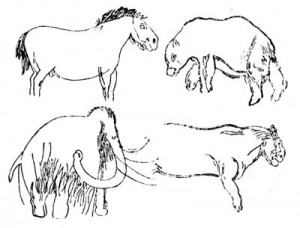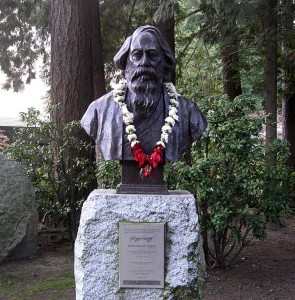Debal Deb (https://www.facebook.com/debaldeb01) is a fantastic character. I can say that, although I never me the man. I came to know of him through Madhusree Mukherjee, who herself is no pushover.
I have been trying to find an opportunity to interview him on the phone for a podcast, but he is a busy man, and I am a working man and we are half a world apart in our clocks. So we have not managed it yet.
Meanwhile, I come to know of his posts as I befriended him in Facebook. One of the reasons I have not quit Facebook completely, is that people like Debal are not around, as far as I know, on google + or other places.
Anyhow, I find I share many of his views about the root of some of the social evils of our time, and share some of his frustration about the general apathy of India’s upwardly mobile youth. Living abroad for so long, I have also come to be frustrated by the same apathy that afflicts the earlier generation of expatriate Indians that have succeeded in finding a cozier niche for themselves in the west. At a professional level, they are all mostly successful and able to compete with the rest. But on the level of humanism, their apathy has been made glaringly clear to me in the past few years. I too was part of the scene myself. But, like all thinking people, we are apt to evolve with time, and be influenced occasionally by chance encounters that force us to peek outside of our comfort bubble.
I was influenced by a chance encounter with the daughter of a dead cousin brother. The cousin was from India. The wife was American. The daughter lived in a permaculture commune in California. She, her mother, and her baby came to spend a few days with us in Vancouver. That triggered a cascade of events. She linked me up with other Indians that were trying to do something meaningful in their spare time in helping out India through more sustainable projects as well as participating in many events that related not just to India, but to all people everywhere. She had a personality that was so different from the run of the mill Yuppy that it was like a breath of fresh air going through my house and my life. Anyhow, that link she provided helped me connect with a wider world of people. And so the story goes.
Now, back to Debal Deb – He wrote something that I found very apt and worth sharing, within Facebook. It attracted some good feedback, which resulted in more observations from people within my Facebook circle of friends. Debal Deb, in his busy life, managed to notice some of these points, and came back to respond.
The thread became important enough, in my mind, to deserve a more permanent spot.
I am going to copy it here, as a special blog post – including comments from others. I shall inform them of this decision within that thread itself.
—————————–
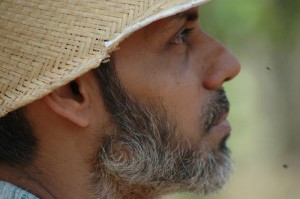
Worth sharing.
Chirajyoti Deb, Chaitali Mitra and Nabanita Banerjee like this.
Ravi Dwivedi shared Debal Deb‘s status update.
Basu Tapas Very true indeed, they do not have the intelligence or far visions…
Sandeep Shukla One question: those Europeans who declined job offers from Dow etc..why did they. Even interview with those companies? The companies can’t be offering jobs unless they applied! Does that mean that they would have taken these job had better alternatives not come up?
Priyadarshi Datta It is not that. Sure money is great and making it is even better. Balance comes with old money. The next generation and so will the next. Hope it is not too late by then. Dwarakanath made money, son Debendranath spent it grandson, Rabindranath was the product of old money. So with the grandons of Rockefella. Hemendranath Datta lost it in one generation and the rest was struggle.
I might opine that the old money of Dwarkanath, or rather, of the early generations of the “Thakur” clan of Jorasanko area, were “new money” of the time when the British were establishing a permanent base in Bengal.
I would also suspect that this new money came at the expense of the poor Indians – in short, the new rich Indian class emerged as collaborators of the British, helping them establish a stronger foothold on the subcontinent.
Along with all that, came education and eventually, a sense of social justice. Thence, the generation of Dwarkanath Tagore, having been born into affluence and not having to spend all waking hours in a struggle to feed his family, those who were born in progressive families and with the right questioning mind could engage in issues of social relevance, and a sense of Bengali-ness – expanded as a part of Indian-ness, came up. Folks got engaged in raising awareness of the fact that they were not independent, and the British were, ultimately, unfair to the average Indian so that an Englishman on average to enjoy a higher lifestyle. It took a while to filter all this in, and eventually different people of the next generation addressed it in different ways – Meghnad Saha, or Surya Sen, or Gandhi, Tagore, or Aurobindo, Annie Bessant, Charles Andrews, or Subhash Bose – each of them addressed it in his own way, and not all of them were born Indians.
But, if you go further back – those that were rich and powerful even before the British arrived, themselves were collaborators of the ruling Mughal emperor, and were in turn selling the country for the benefit of the ruler, thus enriching himself in commission. The main difference might be that under the Mughal rule, a social mass consciousness of Indian-ness did not arise, perhaps because the Mughals were not filtering money out of India to enrich a foreign nation, which the British did. Or perhaps the reason was something else.Anyhow, Rabindranath Tagore was partly the genes and intellect he inherited, partly the influence he was under as a growing child in Jorasanko under intense nationalistic flavor of thetime and efforts at nation and society building efforts. Also, his world view was influenced by the extensive personal exchanges he had in his tours across the world in all continents, and his personal contact with the famous folks of the time, from writers and intellectuals, to politicians, religious heads, scientists and social reformers.
Rabindranath Tagore was influenced by many many factors.Todays upwardly mobile social climbers that came out of good colleges and, for example, work for exploitative corporations – are just a new version of the old “collaborator” class.The difference is – these kids grew up mostly in todays middle class families. These families, at least in India, got into the middle class slot only in the last two generations, more or less.
Goes to show – our middle class is probably an uncaring, selfish and blind class that helps nurture selfish individuals that will collaborate with institutions that hurt his nation – and yet live to brag about it.This topic is way too complex – but its good to air out views and think about it. I feel thankful that, just like lotus grows in filthy ponds, the earlier affluent generations did create Gandhi and Tagore and the rest of the reformers, same as this generation has created the Vandana Shiva, the Ravi Kuchimanchi and so many others, including Debal Deb.Whoops – long post.
Cheers.
In response to Subin Das’s very apt point: Bribes and corruption were all the time – from the age of Mahabharata. But do we remember anyone of our generation who considered taking or giving bribes to ethically neutral? Those who gave or received bribes wanted to conceal the fact, in shame. Today, it’s a fact of life. I (and surely all of us) have seen many young men pressuring their parents to gather money in order to pay “facilitation money” to ensure his employment in a govt. job, and then preparing for “recovering” that money (and more) from the “clients” of the office, soon after getting the placement. “Kickbacks” and “facilitation money” are simple steps to one’s career building, and nobody cares to waste time in compunction or guilt. [Bribing is not confined to money alone, and may include renting out one’s girl friend, too, to please “the boss”.] In our generation people hated to marry their daughters to a policeman. Today matrimonial columns advertise “extra income” over salaries of the suitor.
In 2001, I was in California when 9/11 happened. I witnessed how thousands of American youth organised public seminars, rallies, demonstrations, street lectures, street shows etc. to denounce the Iraq war and accused the US govt for waging unjust wars in different parts of the world. University campuses at Berkeley, Santa Cruz, Santa Barbara, and Davis became hot with students’ protests, and many professors participated too. In 2009, I witnessed, in Berkeley and other campuses of UC, massive student protests against privatisation of education and fee hike. The govt had to back out. In both these years, there was hardly any noticeable protest on those (and other) issues from the youth in India – especially eastern India. Rather, a majority of the middle-class youth accepted the moral superiority of the US to attack Iraq. Coke and Monsanto, to them are angel saviours of Indian uncivilsation.
One of my good friend, Saptarshi Biswas once served in Monsanto Co., (left some 4 years back), but never cared to know about the company’s crimes in India and other countries. He immersed himself rather in poetry (which I am not belittling, of course) thoughout his tenure with the company. He represents a highly intelligent young man, well versed in literature and information technology, but why did he not feel interested to know the company’s deeds, while the anti-Monsanto movement was simmering all over the world, and posted regularly on the Net? That’s Zeitgeist.
I understand quitting job for Indians always implies shifting for a better opportunity – unrelated to ethics or ideals. When I myself did the same in 1996, most people believed (some still do) that I got a better job in terms of higher emoluments & perks. This is the mindset I was referring to, in contrast with the youth in the West, who stormed in Genoa, Seattle and Cancun; who rose against Monsanto in Germany and France; who demanded closure of all nuke plants in France and Italy; who gathered in Barcelona to demand economic DeGrowth; who have abandoned techno-urban comforts and built sustainable communities in US west coast, Italy, Spain, Greece, Mexico… And I am a first-hand witness to all these movements led primarily by the youth. As a concerned Indian citizen, I always wonder: When will WE ever learn?

